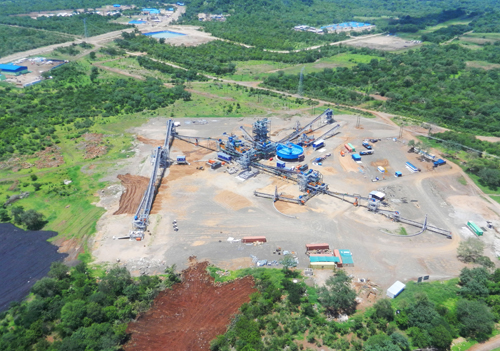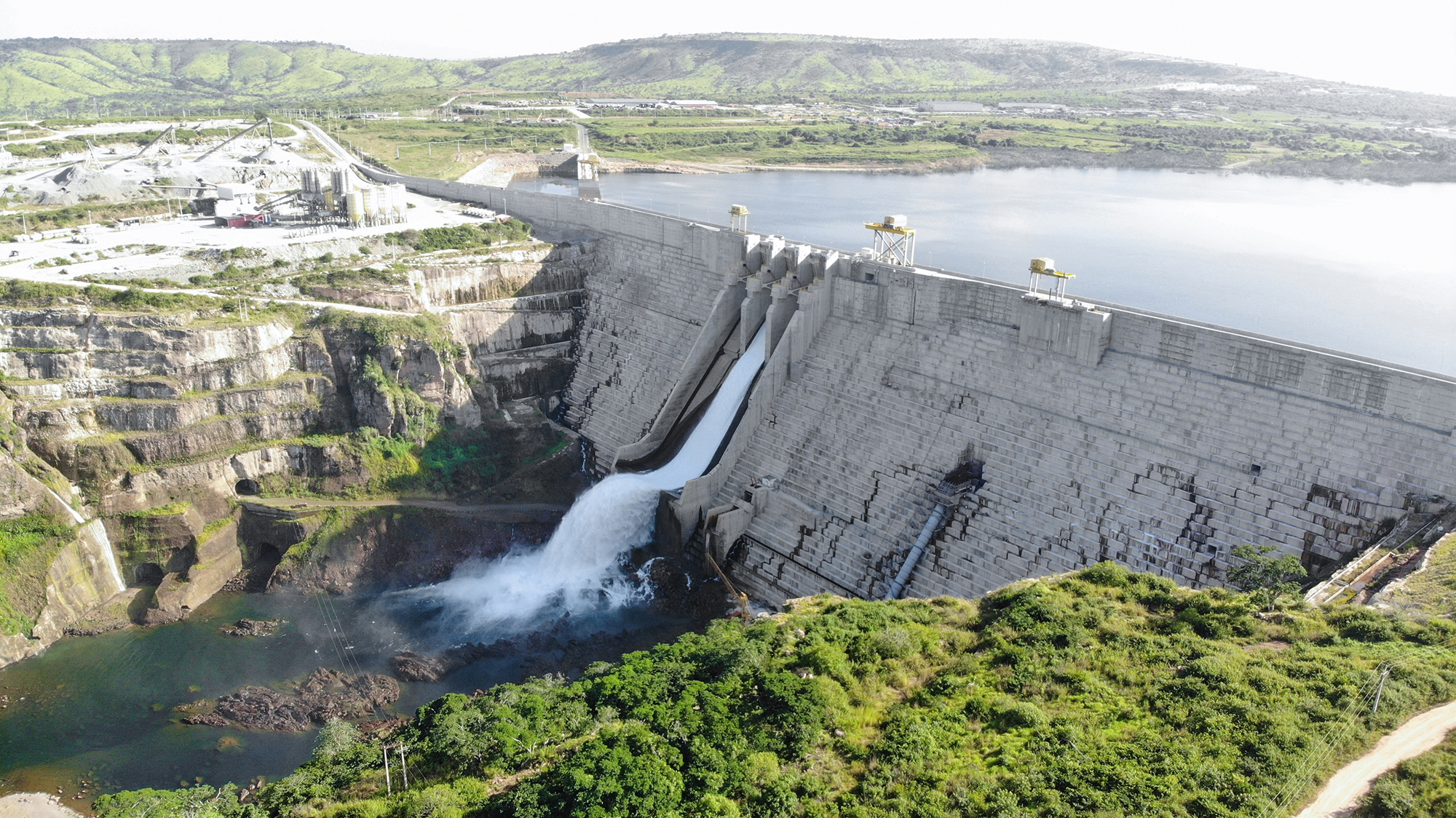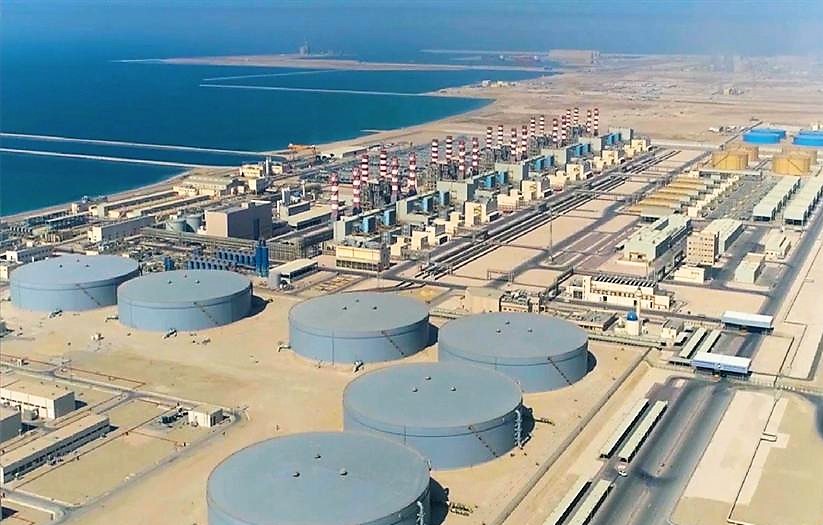
Seeing as Africa produces more than 60 different metal and mineral products, and is a major source of several of the world’s most important commodities, it is little wonder that it remains an area of profound interest for mining companies. While exploration and mining developments across the continent have undoubtedly increased in recent decades, there is still considerable scope for expansion.
One company that has been making waves across Africa over the last several years is the multinational conglomerate, Jindal Steel and Power Limited (JSPL), a leading figure in the steel, power, mining, coal to liquid, oil and gas, and infrastructure sectors. Recognising that Africa is indeed endowed with great mineral wealth, as well as a nation of warm, hardworking and committed people, JSPL established Jindal Africa in 2008, with its remit being to discover minerals primarily for JSPL’s steel production in India.
“Our African operations,” explains chief executive officer of African Business Ventures, Ashish Kumar, “span across South Africa, Mozambique, Botswana, Zambia, Namibia, Tanzania and Madagascar, and provide direct and contract-based employment for approximately 2500 people.”
Today, Jindal Africa is working diligently to expand its footprint across the continent. Its headquarters is based in Johannesburg and it is from here that it overseas the businesses’ regional operations and on-going expansion plans. Its operational activities in the country include the Kiepersol Colliery, outside the town of Piet Retief in Mpumalanga province, in which it has taken a significant shareholding. The mine produces high quality anthracite coal that is sold locally and internationally.
In 2012, Jindal Africa started its coal mining operations in Mozambique’s coal-rich Moatize area. The country’s thermal-grade coal and significant coking coal reserves present a major opportunity for Jindal Africa to make a lasting and significant impact. JSPL Mozambique was fortunate to have first mover advantage, being one of only three international companies to mine the rich Moatize region in the Cahora Basa district of Tete province.
Further afield, the company has plans to establish a cement plant in Madagascar that will be supplied by its own limestone mines. Meanwhile, Jindal Africa is involved in extensive coal, copper and iron ore exploration activities in Tanzania and has been granted a license to mine copper.
Zambia, on the other hand, represents Jindal Africa’s foray into the copper industry, where it is in the process of exploring and developing greenfield copper concessions. Jindal Africa hopes to play a pivotal role in developing Zambia’s copper resources and downstream facilities.
“In the past twelve months,” Kumar continues, “we have made significant investments that we feel will quickly bring added value and growth to the business. The first of these is the development of our Mozambique operations. Here we have invested considerable capital in both infrastructure projects and in our people, and this is already starting to produce results.”
Another important development for the company was the recent acquisition of the Botswana-based Canadian company, CIC Energy, for $116 million. This purchase highlights Jindal’s plans to tap into the power business in southern Africa. These plans that see the organisation invest up to $700 million in Botswana over the next three years.
“Beyond these developments,” Kumar highlights, “we have also acquired a number of greenfield exploration projects in South Africa and Namibia where we are now in the process of conducting several extensive drilling campaigns.”
Throughout the seven countries in which it is present, Jindal Africa strives to work closely with local communities and key stakeholders to foster long term relations. “In South Africa for instance,” Kumar enthuses, “we look to employ local people, while our local procurement policies ensure that wherever we are based we endeavour to source the majority of work locally from reliable suppliers who have proven capable of meeting the strict conditions and standards that we set.”
Being part of a multi-national, multi-billion dollar company, it won’t surprise many to hear that one of Jindal Africa’s most important strengths is its ability to acquire, and subsequently retain, some of the most skilled employees in the industry. “In India,” Kumar enthuses, “it is fair to say that Jindal Group is so well regarded that it is the dream of many simply to work for the organisation. What we want to do is recreate that same level of passion here in Africa. Yes we may be a relatively new company in the grade scheme of things, but we already believe that we have the tools needed to make this a very special place to work.”
As well as wanting to cater for today’s workforce, the company is also taking significant steps to nurture its next generation of employees. It is doing so by awarding specific scholarships to some of the most promising young individuals on the continent and providing them with the opportunity to study for a four year degree in India. Once that time has passed they will then be able to return to Africa and apply the knowledge and skills they have gained abroad, as well as have the opportunity to work in one of the Jindal Africa operations.
Africa represents a source of immense opportunity for JSPL, particularly when it comes to mining, and it is because of its growth, rapid development and possession of a culture that is not dissimilar to that of India that JSPL is very confident when it comes to tapping into the continents’ potential.
“At present,” Kumar concludes, “we are undertaking exploration and greenfield and brownfield projects, with our focus also beginning to turn towards important infrastructure projects. Thus it is clear that as a company we are very positive about what Africa has to offer. By harnessing its potential correctly there is no reason why we can’t reach a point where at least 20 percent of JSPL’s total group revenues come from Africa in the not too distant future.”
Written by Will Daynes, research by Jon Bradley



 JindalAfrica-Africa.Mining-Mar13-Bro-s_0.pdf
JindalAfrica-Africa.Mining-Mar13-Bro-s_0.pdf









